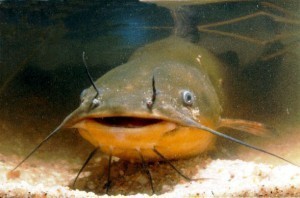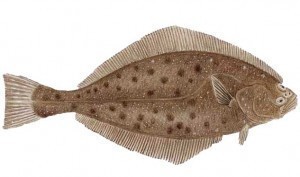How Big is a Catfish?
Considered as one of the ray-thinned fishes, the catfish got its name from its prominent barbels, which are very much similar to the whiskers of cats. It comes in different sizes, some of the most notable species of which are the candiru, the wels catfish of Eurasia as well as Southeast Asia’s Mekong giant catfish. It is widely used as a cooking ingredient, specifically in places like North America, Europe and Asia. In addition to these highly interesting details, it is good to know the sizes of a catfish.
from its prominent barbels, which are very much similar to the whiskers of cats. It comes in different sizes, some of the most notable species of which are the candiru, the wels catfish of Eurasia as well as Southeast Asia’s Mekong giant catfish. It is widely used as a cooking ingredient, specifically in places like North America, Europe and Asia. In addition to these highly interesting details, it is good to know the sizes of a catfish.
The Different Sizes of a Catfish
Ordinarily, a catfish can grow up to 12 centimeters. However, small species like the Trichomycteridae and the Aspredinidae mature sexually at only about 0.39 inches or 1 centimeter. Silurus glanis is another species, which is native in Europe. The average size of this kind of fish is 3.9 feet to 5.2 feet or 1.2 meters to 1.6 meters. One of the largest ever recorded under this species measured approximately 8.2 feet or 2.5 meters long.
In May 2005, the biggest Ictalurus furcatus was caught somewhere in the Mississippi River, which weighed 56 kilograms or 124 pounds. Meanwhile, the biggest Pylodictis olivaris or flathead catfish ever recorded was caught within the waters of Independence City in Kansas. It weighed 56 kilograms or 123 pounds and 9 ounces. A British schoolgirl caught a whopping 193-pound catfish within the River Ebro in Spain in July 2009. However, the biggest catfish ever recorded so far was the giant Mekong catfish that was caught in the northern part of Thailand in May 2005. It weighed 650 pounds or 293 kilograms.
Additional Facts and Other Important Details
In terms of external anatomy, a catfish has a bony head and reduced gas bladder, which allows it to sink rather float in water. Combined with a fully developed Weberian apparatus, the reduced gas bladder gives it the ability for enhanced sound production as well as hearing. Half of the catfish families have sexual dimorphism. Most of the catfish species are cystovarian in nature, specifically Loricaria lentiginosa, Lophiosilurus alexandri and Pseudoplatystoma corruscans.
Catfish is caught and farmed in many different places, particularly in North America, Asia and Africa. In the United States, two of the widely farmed species are the blue catfish and the channel catfish. It is good to eat this kind of fish because it serves as a very good source of omega-6 fatty acids and vitamin D. However, it only contains low to moderate omega-3 fatty acid levels.





